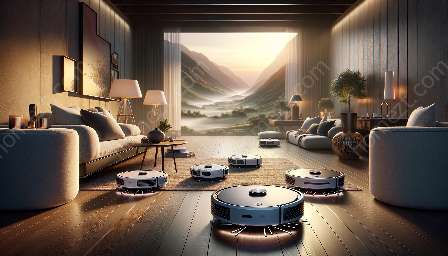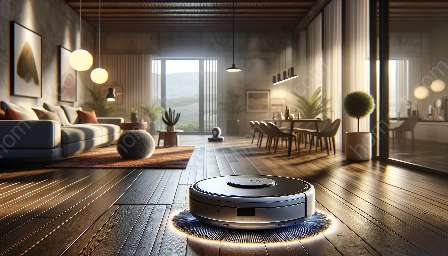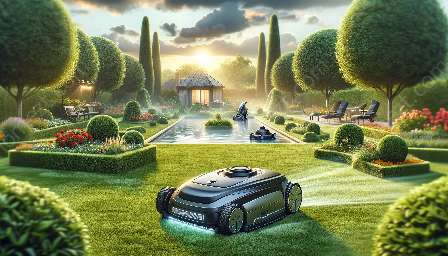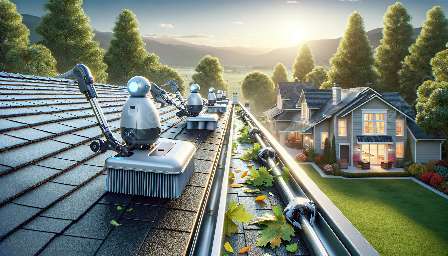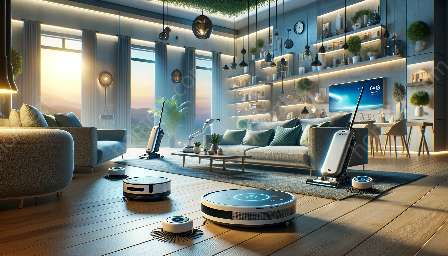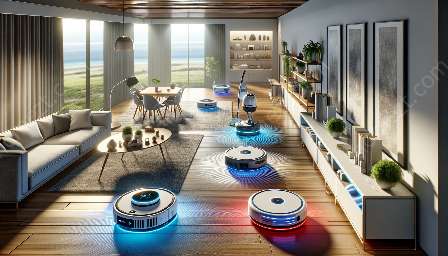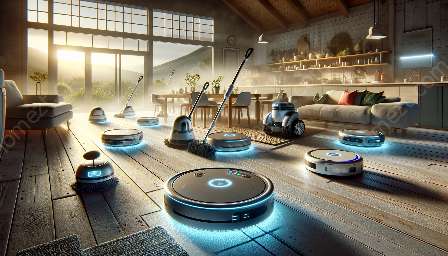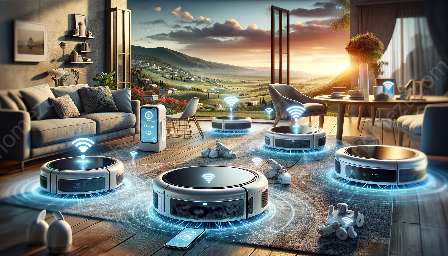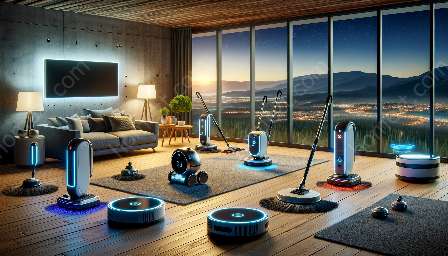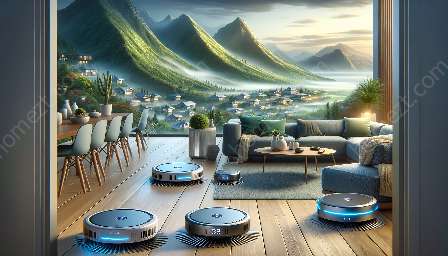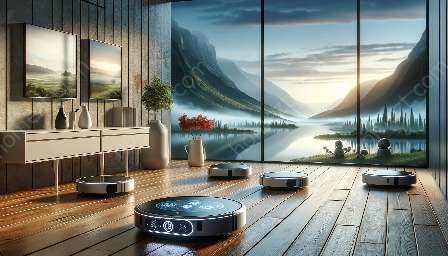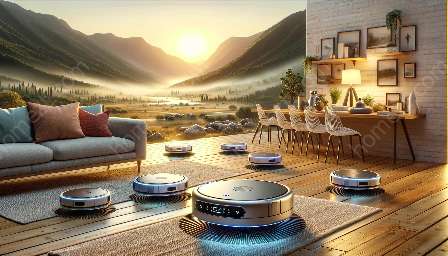Robotic cleaners have revolutionized the way we maintain cleanliness in our homes. With advanced technology and intelligent design, these robotic devices not only provide convenience but also prioritize safety. Let's delve into the comprehensive safety features in robotic cleaners that have made them a secure and efficient option for keeping your home clean and tidy. From collision avoidance to obstacle detection, these safety aspects are key to understanding the reliability of robotic cleaners.
Collision Avoidance Technology
Robotic cleaners are equipped with sophisticated collision avoidance technology that enables them to navigate through your home without causing any damage to furniture, walls, or other objects. Utilizing sensors and intelligent algorithms, these devices can detect obstacles in their path and adjust their cleaning route to avoid collisions. This not only protects your belongings but also ensures the safety of the robotic cleaner itself, preventing potential damage or malfunction.
Obstacle Detection and Avoidance
Another essential safety feature in robotic cleaners is their ability to detect and avoid obstacles in real-time. These devices are designed to scan their surroundings and identify any obstructions that could hinder their cleaning process. Once an obstacle is detected, the robotic cleaner will intelligently maneuver around it, ensuring that it continues its cleaning tasks without causing any disruption or damage to the obstacle or itself.
Fall Prevention Mechanisms
To prevent accidental falls or drops from elevated surfaces, robotic cleaners are equipped with advanced fall prevention mechanisms. These mechanisms may include cliff sensors that enable the device to detect changes in surface elevation, such as stairs or ledges. Upon detecting such a drop-off, the robotic cleaner will immediately change its direction to avoid falling, ensuring the safety of both the device and your home environment.
Overcurrent and Overheat Protection
Robotic cleaners are designed with overcurrent and overheat protection to prevent electrical or mechanical malfunctions that could compromise safety. These protective features monitor the device's operational parameters, such as current flow and temperature, and automatically intervene to prevent any potential hazards. This ensures that the robotic cleaner operates within safe limits, mitigating the risk of electrical or fire-related incidents.
Automatic Shutdown in Emergency Situations
In the event of an unforeseen issue or malfunction, robotic cleaners are equipped with automatic shutdown capabilities. This safety feature is designed to activate when the device encounters a critical error, ensuring that it ceases operation immediately to prevent any further complications or hazards. Whether it's a technical glitch or an external disturbance, the automatic shutdown mechanism prioritizes safety above all else.
Audible and Visual Alerts
To enhance user awareness and safety, robotic cleaners are often equipped with audible and visual alerts. These alerts notify users of various conditions, such as low battery levels, maintenance requirements, or potential malfunctions. By providing clear indicators, these safety features empower users to take timely action and ensure the continuous and safe operation of their robotic cleaner.
Conclusion
The safety features in robotic cleaners are fundamental to their reliability and convenience as household cleaning devices. By prioritizing collision avoidance, obstacle detection, fall prevention, and protective mechanisms, robotic cleaners offer a secure and efficient cleaning solution for modern homes. Their ability to mitigate risks and ensure safe operation makes them a valuable addition to any household, providing peace of mind while maintaining cleanliness.

